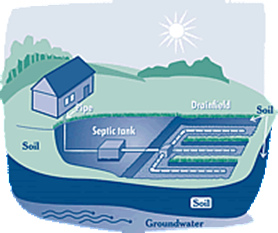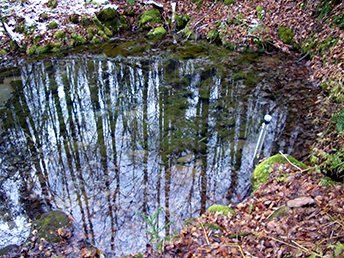Geothermal Energy

The Geological Survey focused on collecting water well temperature data as an indicator of temperature gradients, radionuclide chemistry as a potential natural augmentation to heat production, thermal conductivity measurements which impact heat flow, and structural data particularly rock anisotropy and fracture data. Thermal conductivity and geochemical data for 40 rock samples plus 17 water well temperature records were uploaded to the National Geothermal Data System for easy access.


 Vermont's geology contributes to many facets of human health. Bedrock, glacial materials, and soils each have positive and/or negative impacts on water quality and air quality. Healthy human bodies require minerals and elements (ex. salt, calcium, iron) which are transferred from the geologic environment through the food chain. Some geologic materials may filter contaminants so they do not reach groundwater supplies.
Vermont's geology contributes to many facets of human health. Bedrock, glacial materials, and soils each have positive and/or negative impacts on water quality and air quality. Healthy human bodies require minerals and elements (ex. salt, calcium, iron) which are transferred from the geologic environment through the food chain. Some geologic materials may filter contaminants so they do not reach groundwater supplies.